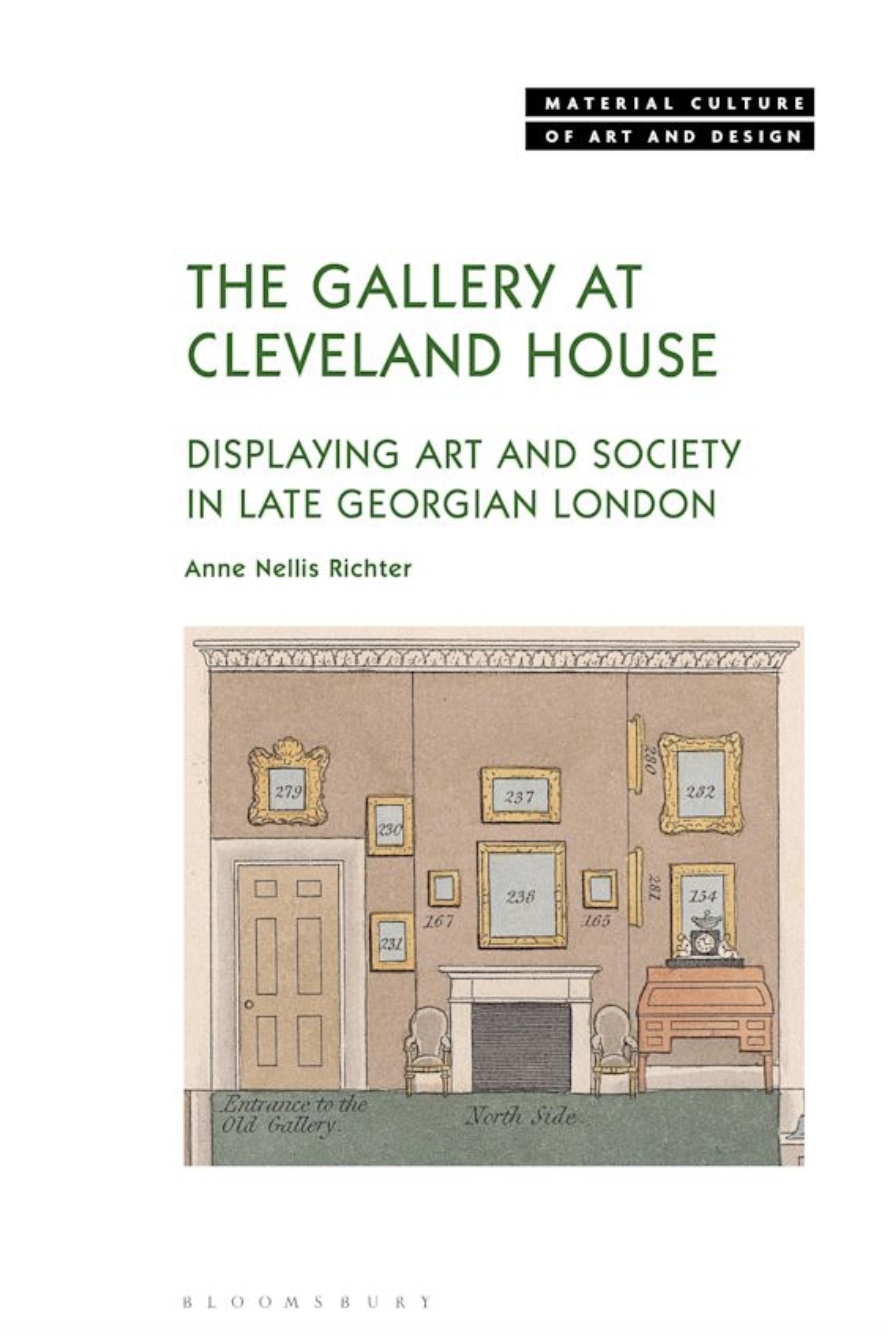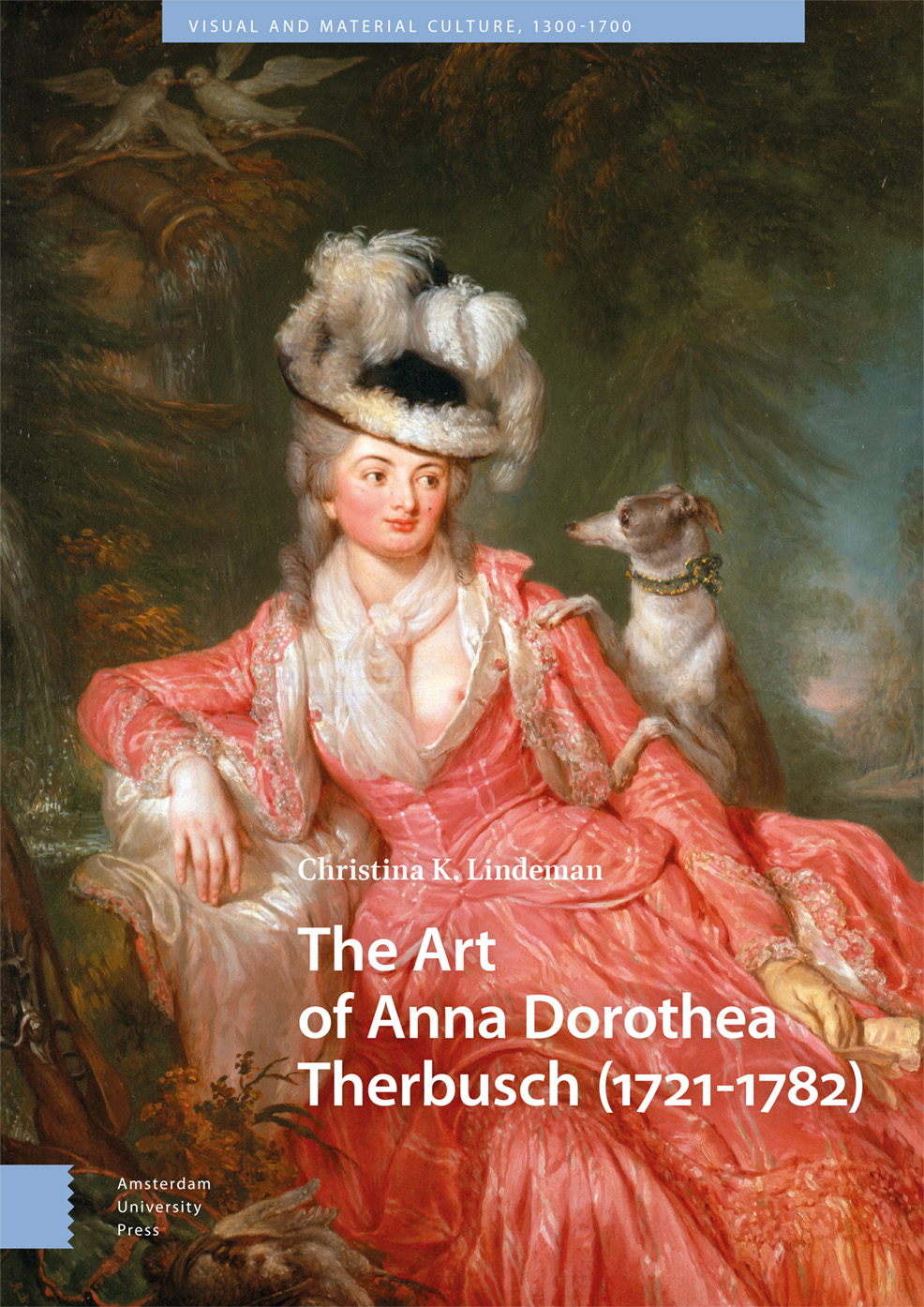Call for Articles | Fall 2025 Issue of J18: Clean
From the Call for Papers:
Journal18, Issue #20 (Fall 2025) — Clean
Issue edited by Maarten Delbeke, Noémie Etienne, and Nikos Magouliotis
Proposals due by 1 October 2024; finished articles will be due by 1 April 2025
This issue of Journal18 asks: what we might see if we regard the eighteenth century as possessed by a cleaning frenzy? Cleaning, as a process of removing excess matter to get to the essential or the original, engaged an eighteenth-century obsession with origins and etiology. This type of removal took place in a time of formulations and nebulous debates about race, class, and ethnicity and intersected with attempts to ‘purify’ the urban and rural environment as well as society itself. Cleanliness suggested a particular aesthetic that resonated with the tenets of neoclassicism but also with racialized notions of whiteness, as the opposite of ‘impure’, non-white races, cultures, and objects. In the increasingly disenchanted worldview of elites, cleaning artworks was also a way to annihilate any living presence connected to these objects, from bugs and microorganisms to ancestral spirits to immanent beliefs.
In eighteenth-century Europe, political, cultural, and religious authorities sought to clean artworks and monuments from anything that ‘soiled’ them, whether that was actual dirt, natural traces of use and time, or (hu)man-made ephemera, immaterial rituals, and ideological beliefs. These actions were symptoms of a power struggle between religious institutions and the state and between different cultures and countries, but also between local populations and an increasingly centralized administration. Even when presented as neutral measures of maintenance, such acts of cleaning often led to conflict. This was the case, for example, in late eighteenth-century Naples, when the German painter Jacob Philip Hackert was accused by local artists of disrespecting a number of Italian paintings he had cleaned. What for one cultural milieu diminished artistic value could be, for another, an integral part of the artwork.
This issue of Journal18 invites essays on acts of and discourses around cleaning in the long eighteenth century, particularly cases that address issues of authority and ownership. Who was entitled to touch, handle, modify, or clean an artwork, relic, building, or monument? What/who was allowed to reside within such buildings and objects, and what/who had to be erased or exterminated? What was the significance of defining the ‘pure’ or ‘original’ state of such artworks? What line of separation did actors draw between cleaning and destruction? Was cleaning gendered, and, if so, how? Who was expected to do the cleaning, and who was allowed to produce dirt? What are the connections between racialized ideologies that led to the devastations of ethnic cleansing and eighteenth-century aesthetics of cleaning and cleanliness? Is there a way to contrast the ‘messiness’ of the early modern multi-modal ‘entangled’ historiography with the streamlined ‘cleanliness’ of eighteenth-century historical writing?
Proposals for issue #20 Clean are now being accepted. The deadline for proposals is 1 October 2024. To submit a proposal, please send an abstract (250 words) and brief biography to editor@journal18.org and nikolaos.magouliotis@gta.arch.ethz.ch. Articles should not exceed 6000 words (including footnotes) and will be due by 1 April 2025. For further details on submission and Journal18 house style, see Information for Authors.
Issue Editors
• Maarten Delbeke, ETH, Zurich
• Noémie Etienne, University of Vienna
• Nikos Magouliotis, ETH, Zurich
Call for Papers | The Secularization of Religious Assets
From the Call for Papers, which includes the French Appel à communication:
The Secularization of Religious Assets in Enlightenment Europe: Urban Development, Architecture, and Art Works
La sécularisation des établissements religieux dans l’Europe des lumières: Ville, architecture et œuvres d’art
Institut National d’Histoire de l’Art, Paris, 27 November 2024
Organized by Ronan Bouttier, Gernot Mayer, and Raluca Muresan
Proposals due by 30 June 2024
The suppression of the Society of Jesus in 1773 marks the last step of the Order’s progressive dissolution initiated fifteen years earlier, in Europe and in its colonies. This act of suppression was the culmination of a broader secularisation movement concerning religious congregations across Europe, from the 1760s to the French Revolution. In most cases, the State intended to take over the management of properties belonging to religious congregations described as useless for the common interest. Whether driven by reformatory or by economic interests, all acts of suppression and secularisation had the same consequences: a large number of movable assets and real property, estates and art works were either reallocated to other religious congregations or put on sale, when not confiscated altogether.
Several studies have already investigated the dispersal of abolished congregations’ assets in different parts of Enlightened Europe, but a broader overview is yet to be drawn. Furthermore, it is necessary to define common characteristics of confiscation procedures and real properties’ functional transformations during the three decades before the nationalisation of Church property undertaken in France in 1789. Besides, change of religious buildings’ ownership often led to their reconversion, and eventually to their architectural transformation. Rehabilitation, dispersal or destruction procedures of seized properties also must be taken into consideration. It is also important to broaden this inquiry to the transformation of the surroundings of these former religious properties because this process precipitated changes in the overall urban fabric as well as in the appropriation of urban space. Eventually, these changes of ownership involved movable assets and art works of the dissolved religious congregations. In this regard, one need also pay attention to works’ functional alterations, as they were attributed to other religious communities or to secular institutions and individuals. Therefore, our inquiry extends to the consequences of the largescale sales of art works on the collecting market.
We welcome proposals on following themes:
• Issues and procedures of architectural property confiscation in Europe and in its overseas territories
• Inhabiting and exploiting seized religious properties
• Dismantling seized properties and movable assets: procedures of architectural dismantling, networks and procedures of sale
Each paper should be 20 minutes long; the accepted languages are French and English. The conference will take place on 27th November in Paris, at the INHA (Institut National d’Histoire de l’Art). We look forward to reading your submissions of a maximum of 250 words, along with a CV and publications list. We require the contributors to send their submissions to secularisations@gmx.fr, and to entitle their submitted files as following: NAME_FORNAME_prop secularisations and NAME_FORNAME_CV. The submission deadline is 30 June 2024.
Organizers
• Ronan Bouttier, Paris 1 Panthéon-Sorbonne
• Gernot Mayer, University of Vienna
• Raluca Muresan, Sorbonne Université
Scientific Committee
• Jean-Philippe Garric, Professor, Université Panthéon-Sorbonne, HiCSA
• Richard Kurdiovsky, Interim Director of the Department of Art History, Austrian Academy of Sciences, Vienna
• Olga Medvedkova, Director of Research, CNRS, Centre André Chastel
• Émilie d’Orgeix, Director of Research, École Pratique des Hautes Études (EPHE)



















leave a comment